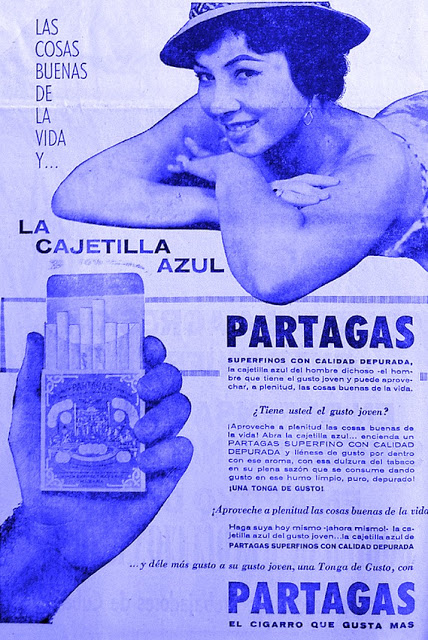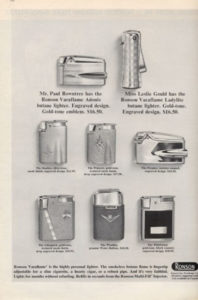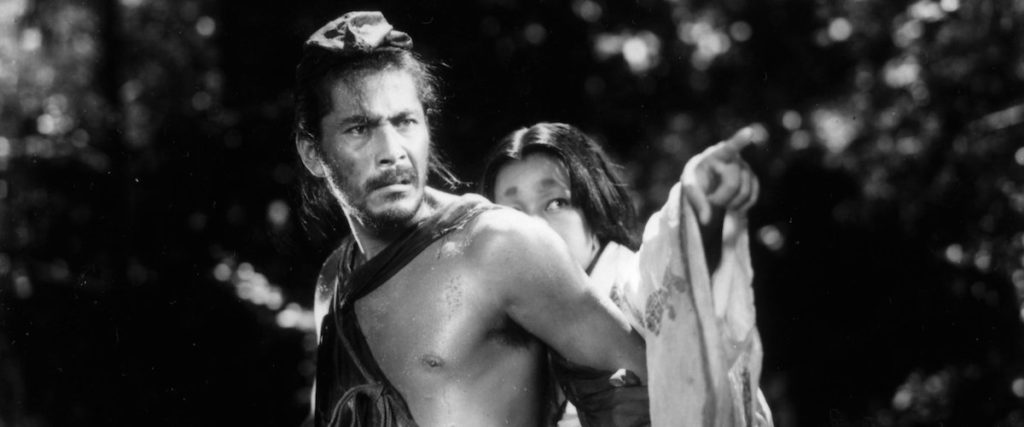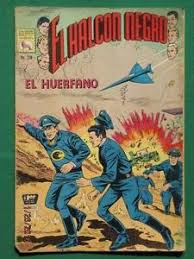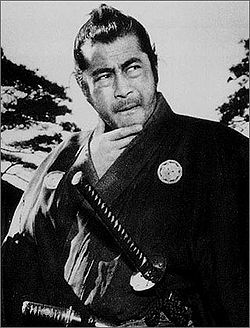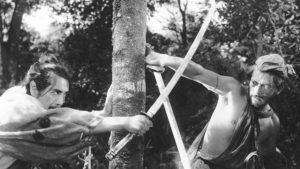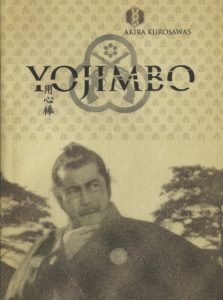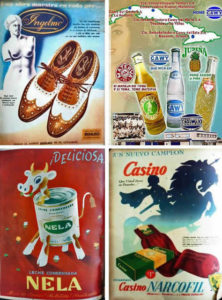 RECUERDOS DE UNA GENERACION QUE NO SE OLVIDA.
RECUERDOS DE UNA GENERACION QUE NO SE OLVIDA.
Las marcas conocidas en la Cuba de los años 50 a las que el tiempo no le ha hecho mella.
La gente de mi generación seguramente va a buscar en ese rinconcito lleno de telarañas en nuestra memoria porque nunca accedemos a él, cuando mencione lo que voy a enumerar a continuación y he tratado de apelar exclusivamente a mis recuerdos, sin el auxilio de ningún tipo de consulta, por lo que seguramente van a faltar miles de otros nombres, y si fuera otra persona el que escribiera este artículo, seguramente también su aporte sería sustantivo.
Hay muchas marcas que no necesitan presentación, en unos casos porque desarrollaron una calidad tal y un reconocimiento que identifican a un producto, como es el caso de la Gillette y las cuchillas para afeitar, o la reina de la publicidad mundial, la Coca Cola, de la que alguna vez se dijo que hasta dentro de las pirámides de Egipto había un cartel que decía: “tome Coca Cola”.
Con el paso del tiempo se han mantenido muchas marcas, con mayor éxito en unos casos y con una discreta presencia en otros por haber sido superados por la competencia, a menudo por una mayor y mejor campaña de marketing y no por la calidad. Como ejemplo bien gráfico podemos compararlo con el mundo de la música, donde hay gente que llegan a la cima y no tienen ni arte ni voz, simplemente han llegado ahí por efecto de la publicidad, como es el caso de Shakira y las decenas de cantantes pop sin voz que los adolescentes convierten, haciéndose eco de la publicidad abrumadora, en ídolos y en estrellas aunque no tengan ningún brillo. Y así pasa con algunos artículos.
Vamos a comenzar este recorrido con algo que ahora no puede publicitarse: el cigarrillo, pero que en sus tiempos era uno de los productos líderes de la propaganda.
-Una tonga de gusto le da Partagás, el cigarro que gusta más.
-Cambia, cambia, cambia, cambia para Edén. Edén con tabaco tostado.
-Regalías el Cuño: Eso, ni se pregunta, Regalías con filtro, mejores de punta a punta, filtro perfecto por una punta, mejor tabaco por la otra punta.
-Trinidad y Hermanos: pruebe y compare.
-Gener: jamás un cigarrillo fue mejor, que maravilla, a diez centavos la cajetilla
-Competidora Gaditana, el cigarro inigualable
-Bock especial con papel de arroz
-H.Upmann, de mi padre lo aprendí.
-Club era el único cigarro tipo americano a precio popular
Y otros que no necesitan anunciarse mucho porque todos los reconocían como de élite, cual eran Montecristo, Romeo y Julieta, La Corona, Hoyo de Monterrey, José L. Piedra, Por Larrañaga, Punch, Fonseca, Bauzá.
Mientras tanto, los cigarros americanos, cuatro veces más caros que los nacionales, también tenían gran demanda y recordamos: Chesterfield, Camel, Lucky Strike, Pall Mall, Kool, Salem, Marlboro, Winston, L&M, Kent, los más populares.
Y en los encendedores la Ronson casi no tenían rival.
 MEMORIES OF A GENERATION THAT DOES NOT FORGET.
MEMORIES OF A GENERATION THAT DOES NOT FORGET.
The well-known brands in Cuba of the 50s to which time has not made a dent.
The people of my generation will surely look in that little corner full of cobwebs in our memory because we never access it, when I mention what I am going to enumerate next and I have tried to appeal exclusively to my memories, without the help of any kind of consult, so they will surely miss thousands of other names, and if it was someone else who wrote this article, surely also their contribution would be substantive.
There are many brands that do not need presentation, in some cases because they developed such quality and recognition that identify a product, as is the case of the Gillette and razor blades, or the queen of world advertising, Coca Cola, from which it was once said that even inside the pyramids of Egypt there was a sign that read: “Take Coca Cola.”
With the passage of time, many brands have been maintained, with greater success in some cases and with a discrete presence in others because they have been overtaken by the competition, often by a greater and better marketing campaign and not by quality. As a good graphic example we can compare it with the world of music, where there are people who reach the top and have no art or voice, they have just arrived there due to advertising, as is the case of Shakira and the dozens of singers pop without voice that adolescents convert, echoing overwhelming publicity, in idols and stars even if they do not have any shine. And so it goes with some articles.
We are going to start this journey with something that now cannot be publicized: the cigarette, but that in its time was one of the leading products of propaganda.
-A taste tonga gives Partagás, the cigar that he likes the most.
-Change, change, change, change for Eden. Eden with toasted tobacco.
-Regalías el Cuño: That, nor wonder, Regalías with filter, better from end to end, perfect filter for a tip, better tobacco on the other end.
-Trinidad and Brothers: try and compare.
-Gener: never a cigarette was better, what a wonder, at ten cents a pack
-Competidora Gaditana, the unbeatable cigar
-Bock special with rice paper
-H.Upmann, from my father I learned it.
-Club was the only American-style cigar at a popular price.
And others who do not need to advertise much because they all recognized as elite, which were Montecristo, Romeo, and Juliet, La Corona, Hoyo de Monterrey, José L. Piedra, Por Larrañaga, Punch, Fonseca, Bauzá.
Meanwhile, the American cigars, four times more expensive than the national ones, also had great demand and we remember Chesterfield, Camel, Lucky Strike, Pall Mall, Kool, Salem, Marlboro, Winston, L & M, Kent, the most popular.
And in the lighters the Ronson had almost no rival.
Agencies/ Memorias Cubanas/ Carlos Rodríguez/ Excerpts/ Extractos/ Internet Photos/ Arnoldo Varona/ www.TheCubanHistory.com
THE CUBAN HISTORY, HOLLYWOOD.




